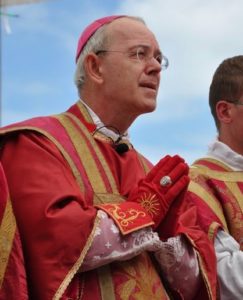
Bergoglio receives the offering for the Pachamama.
“ALL THE Gods of the heathens are demons,” says Psalm 95 — but that didn’t stop Jorge Mario Bergoglio from sponsoring pagan idol worship of the Amazonian earth goddess, the Pachamama, in the Vatican gardens on October 4. Nor did it stop him, during the Offertory Procession of a Mass two weeks later, from smilingly receiving the traditional red-ribboned flower offering to the Pachamama — and instructing his Master of Ceremonies to place it on the High Altar of St. Peter’s, which stands directly over the tomb of St. Peter himself.
Heresy and apostasy, canonists and moral theologians teach, can be committed dictis vel factis — not only in words, but also in deeds. And if Bergoglio’s latest deeds aren’t proof that he has totally repudiated the religion revealed by God, the very words heresy and apostasy — and indeed the whole First Commandment — have utterly lost their meaning.
How did it become possible to justify these actions — ones which the martyrs refused to perform under threat of torture and certain death — and all in the very place where St. Peter himself died?
The answer, of course, is Vatican II, which taught that pagan religions are “means of salvation” used by the Holy Ghost. And this heresy, in turn, is the product of another: the modernist meta-heresy of the evolution of dogma.
 So it was perfectly appropriate that, two days after Bergoglio installed the Pachamama offering over St. Peter’s bones, the Vatican Press Office published a clear and open profession of this heresy in an article entitled “Development of Doctrine is a People that Walks Together.”
So it was perfectly appropriate that, two days after Bergoglio installed the Pachamama offering over St. Peter’s bones, the Vatican Press Office published a clear and open profession of this heresy in an article entitled “Development of Doctrine is a People that Walks Together.”
Its source (the Vatican’s official news service), the timing of its release (following the controversial Amazon Synod) and topic it treats (a general rationale for sweeping changes in church doctrine and discipline) are meant to signal the article’s importance. It lays the broad theoretical groundwork for the changes Francis intends to introduce in his soon-to-appear post-synodal exhortation, which will implement the resolutions of his rigged synod.
Its contents are a bell that cannot be un-rung, and a nuclear bomb that cannot be un-detonated. It is now forever part of the permanent public record. While the article does not have Francis’ name on the bottom of it (in order to allow neo-con chumps to argue that the blame lies elsewhere), it has his filthy fingerprints and those of his fellow modernist theological thugs all over it. It is his work, his teaching, and theirs — and indeed is posted on the Vatican site under the heading of “Pope Francis” and “Papal Magisterium.”
“People that Walks Together” presents nothing less than the classic modernist argument for dogmatic evolution — the heresy which holds that revealed truths are not immutable, but are conditioned by and subject to change in light of men’s evolving “experience” in various ages. This heresy is everywhere in the Novus Ordo.
Dogmatic Evolution: A Real Heresy?
Why, one might ask, would such a notion be heretical? It doesn’t explicitly deny or call into question individual dogmas, such as Christ’s divinity, the Virgin Birth, or transubstantiation, does it?
The answer is, Oh yes, it does. Dogmatic evolution denies or calls into doubt every religious truth, because it renders the very idea of a religious truth impossible. It runs each dogma through the philosophical meat-grinder of relativism, subjectivism, psychology, personal experience and “historicism,” and turns it into mush. The truth that it expressed (we are made to understand) has been “surpassed,” gotten around, ignored in practice, or emptied of its essential meaning. “We are really beyond that now,” is the common refrain.
Dogmatic evolution, then, is not merely a heresy. It is, as St. Pius X said, the sewer of all heresies, and practically speaking, apostasy, because it implicitly denies the possibility of objective truth in any dogma. (Continued)

 So it was perfectly appropriate that, two days after Bergoglio installed the Pachamama offering over St. Peter’s bones, the Vatican Press Office published a clear and open profession of this heresy in an article entitled
So it was perfectly appropriate that, two days after Bergoglio installed the Pachamama offering over St. Peter’s bones, the Vatican Press Office published a clear and open profession of this heresy in an article entitled 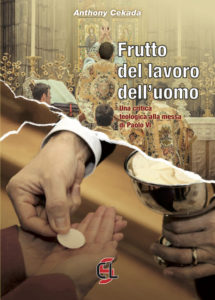 THIS NOVEMBER 30 marks the 50th anniversary of the Sunday in 1969 that Paul VI designated as the obligatory date for celebrating his New Mass; the following month this year is the tenth anniversary for me completing the manuscript Work of Human Hands: A Theological Critique of the Mass of Paul VI.
THIS NOVEMBER 30 marks the 50th anniversary of the Sunday in 1969 that Paul VI designated as the obligatory date for celebrating his New Mass; the following month this year is the tenth anniversary for me completing the manuscript Work of Human Hands: A Theological Critique of the Mass of Paul VI. 
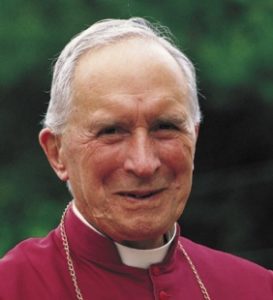
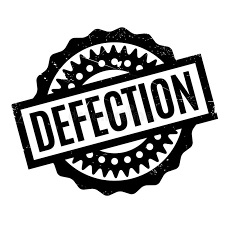

 RECENTLY I received a letter urging traditional Catholics to circulate a video produced by the R&R publication The Remnant, and calling for the Society of St. Pius X (SSPX) and the Fraternity of St. Peter (FSSP) to “unite in battle against our true enemy, the Modernists.”
RECENTLY I received a letter urging traditional Catholics to circulate a video produced by the R&R publication The Remnant, and calling for the Society of St. Pius X (SSPX) and the Fraternity of St. Peter (FSSP) to “unite in battle against our true enemy, the Modernists.”


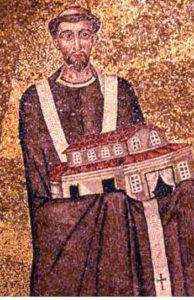
 This is old stuff that the “right” subjected to constant recycling, even before Bergoglio’s Laudato Sì, and it always manages to float back, like gas from the landfill. I refuted point (1) in section 1 of
This is old stuff that the “right” subjected to constant recycling, even before Bergoglio’s Laudato Sì, and it always manages to float back, like gas from the landfill. I refuted point (1) in section 1 of 